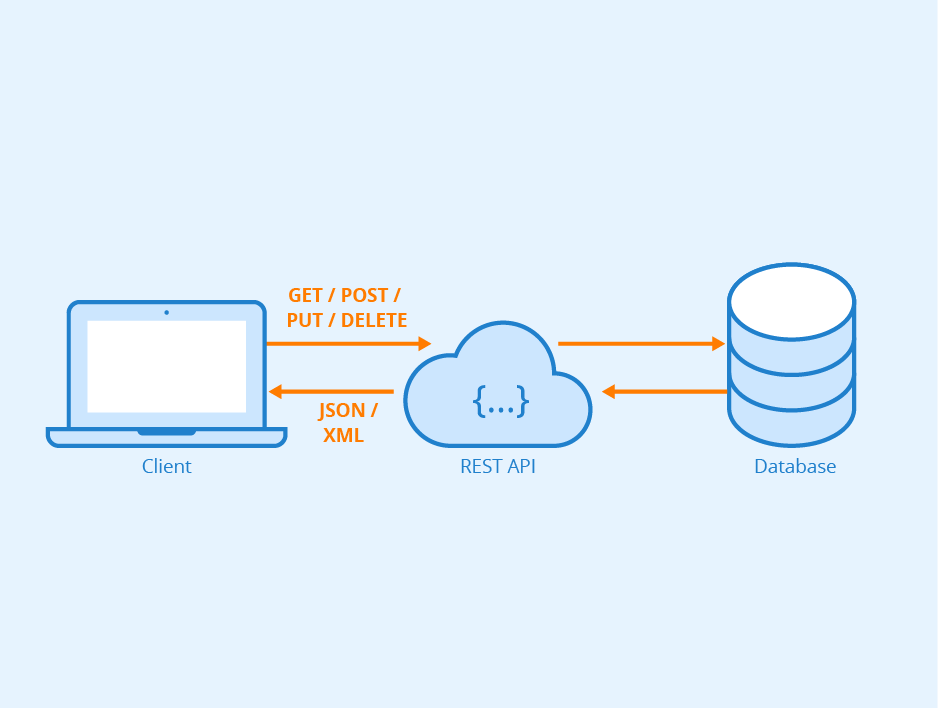Your cart is currently empty!
ChatGPT Prompt for API Development
API development is a crucial aspect of modern software architecture, enabling seamless communication between applications, services, and systems. Whether you’re building RESTful APIs or GraphQL APIs, following best practices ensures scalability, security, and performance.
Key Components of API Development
1. API Design
A well-structured API starts with a solid design that ensures consistency, usability, and scalability. Key design principles include:
- RESTful API Design: Follows REST principles, using HTTP methods (GET, POST, PUT, DELETE) and structured URIs.
- GraphQL API Design: Provides flexible queries and avoids over-fetching or under-fetching of data.
- Versioning: Allows backward compatibility while improving APIs over time (e.g., URL versioning:
/v1/users). - Error Handling: Use standardized error messages (e.g., HTTP status codes and custom error responses).
- Pagination & Filtering: Optimize large datasets using techniques like cursor-based pagination or query filters.
2. API Security Best Practices
Security is a major concern in API development, as APIs expose data to external consumers. Key security measures include:
- Authentication & Authorization: Implement OAuth 2.0, JWT (JSON Web Tokens), or API keys to restrict access.
- Rate Limiting & Throttling: Prevent abuse and DDoS attacks by limiting API requests per user/IP.
- Data Encryption: Use HTTPS and encrypt sensitive data to protect against data breaches.
- Input Validation & Sanitization: Prevent SQL injection and cross-site scripting (XSS) attacks by validating user inputs.
- Logging & Monitoring: Track API usage and detect suspicious activities with monitoring tools like AWS CloudWatch, Prometheus, or New Relic.
3. API Performance Optimization
To ensure fast and efficient APIs, developers should focus on:
- Caching Strategies: Use Redis, Memcached, or HTTP caching to reduce database load.
- Asynchronous Processing: Use message queues (RabbitMQ, Kafka) to handle background tasks efficiently.
- Efficient Database Queries: Optimize SQL and NoSQL queries to prevent slow responses.
- Compression Techniques: Use GZIP compression to reduce payload size and improve response times.
- Load Balancing & Horizontal Scaling: Distribute API requests across multiple servers for high availability.
4. API Documentation & Testing
APIs must be well-documented and thoroughly tested to ensure usability and reliability.
- Automated Testing: Implement unit tests, integration tests, and end-to-end tests using Jest, Mocha, or Postman.
- Mock APIs: Simulate API responses for frontend development and testing.
- Continuous Integration/Continuous Deployment (CI/CD): Automate API testing and deployment with GitHub Actions, Jenkins, or CircleCI.

RESTful vs. GraphQL APIs: Choosing the Right Approach
- RESTful APIs: Best for standardized, resource-based architectures with predictable endpoints.
- GraphQL APIs: Ideal for flexible, client-driven data fetching, reducing over-fetching and under-fetching of data.
ChatGPT Prompt for API Development
As an experienced technical expert in API development, your task is to create an in-depth guide for advanced users on building and utilizing APIs. Develop a comprehensive, step-by-step tutorial that includes technical explanations, practical examples, and best practices for designing, testing, and deploying APIs. Ensure the guide covers both RESTful and GraphQL APIs, incorporating real-world examples to illustrate key concepts. Given that the audience has a strong programming and software development background, focus on delivering advanced insights and detailed information. How would you approach building a robust, scalable API, and what common pitfalls should developers avoid during the process?
You can also use the search function to find the best prompts for ChatGPT.